Results 10,671 to 10,680 of 12096
Thread: Anandtech News
-
07-21-20, 07:01 PM #10671
Anandtech: OnePlus Announces Nord - Snapdragon 765 at 399€
Today OnePlus is announcing its latest smartphone, the new OnePlus Nord. The Nord is a special device for the company as it’s the first time since its inception that we’re seeing a product release outside of the usual flagship line-up. The new Nord positions itself as a mid-range device in the “premium” category, coming with a Snapdragon 765 SoC as well as an attractive price point.
More...
-
07-21-20, 07:01 PM #10672
Anandtech: Altair Semiconductor Renames to Sony Semiconductor Israel
Today, after more than four years of being acquired by Sony, Altair Semiconductor is renaming itself as Sony Semiconductor Israel. The IoT focused company over the last few years has been growing its success under the Sony conglomerate, and has deepened its integration with Sony’s other semiconductor businesses.
We have been honored to be part of Sony for the past four years, playing a key role in the company’s core business,” says Sony Semiconductor Israel CEO Nohik Semel, “To better reflect our long-term commitment to our partners and customers, as well as the quality of our offering, we have decided to change Altair’s company name to Sony.”As an example of the collaboration over the last few years, we’ve seen Sony employ AI DSP IP developed by Altair/Sony Semiconductor Israel that’s been deployed in the new IMX500/501 image sensor, integrating a AI inference block within the sensor’s logic die.
Related Reading:- Sony to Build New Fab to Boost CMOS Sensor Output
- Sony Teases PlayStation 5 Design
- Sony Announces New Xperia 1 II Flagship, Teases Xperia PRO
More...
-
07-22-20, 09:09 AM #10673
Anandtech: The ASUS ROG Strix B550-F Gaming Wi-Fi Motherboard Review: Premium Value
Motherboards based on AMD's B550 chipset have exploded onto the scene. Despite B550 being a cost-down version of X570 for the budget market, motherboard manufacturers have gone a little overboard in offering over 50 different models to consumers, ranging in price between $120 and $300+. The usual battleground for a good solid motherboard is in the $200 range, which should enable something with the standard features but a bit of quality thrown in as well. For $210 with Wi-Fi 6 or $190 without, the ASUS ROG Strix B550-F Gaming straddles that popular price point. Today we're reviewing what the B550-F Gaming has to offer.
More...
-
07-22-20, 05:29 PM #10674
Anandtech: ASUS Announces ROG Phone III - 144Hz S865+ Monster
Today ASUS is announcing its newest flagship gaming-oriented phone, the ROG Phone III. A direct successor to the quite well received ROG Phone II from last year, the company is keeping the formula quite basic this year, keeping the general characteristics of the ROG Phone III similar to that to its predecessor whilst upgrading the core components such as the SoC, now featuring for the first time in a device the new Snapdragon 865+.
The new SoC upgrades the CPU and GPU speeds by 10%, upping the frequencies on the Cortex-A77 cores to up to 3.1GHz for the first time ever in a smartphone. ASUS says that it’s also vastly upgraded the heat sink of the SoC inside the phone, with it now being 6x larger than that found on the ROG Phone II. Combined with a revamped vapour chamber design, the new phone is said to be virtually immune to thermal throttling and is able to keep is peak performance figures for prolonged periods even in demanding situations.ASUS ROG Phones ROG Phone III ROG Phone II SoC Qualcomm Snapdragon 865+3.1GHz
1x Cortex A77 @
3x Cortex A77 @ 2.42GHz4x Cortex A55 @ 1.80GHz
Adreno 650 @ +10%Qualcomm Snapdragon 855+
1x Cortex-A76 @ 2.96GHz
3x Cortex-A76 @ 2.42GHz
4x Cortex-A55 @ 1.80GHz
Adreno 640 @ 675MHzDRAM 16 GB LPDDR5 12 GB LPDDR4X Storage up to 512GB UFS 3.1 128 / 512GB UFS 3.0 Display 6.59" AMOLED
2340 x 1080 (19.5:9)
144Hz
270Hz Touch6.59" AMOLED
2340 x 1080 (19.5:9)
120Hz
240Hz TouchSize Height 171.0 mm 170.99 mm Width 78 mm 77.6 mm Depth 9.85 mm 9.48 mm Weight 240 grams 240 grams Battery Capacity 6000mAh
30W charging (PD)6000mAh
Wireless Charging - Rear Cameras Main 64MP IMX686
0.8µm pixels (1.6µm 4:1 16MP)48MP IMX586
0.8µm pixels (1.6µm 4:1 12MP)
f/1.79Telephoto - - Wide 13MP
125° wide-angle13MP
125° wide-angleExtra 5MP Macro - Front Camera 24MP 24MP I/O USB-C 3.1 (Side)
+ USB-C 2.0 (Bottom)USB-C 3.1 (Side)
+ USB-C 2.0 (Bottom)
3.5mm headphone jackWireless (local) 802.11ax WiFi-6
Bluetooth 5.1 LE + NFC802.11ac Wave 2 Wi-Fi
Bluetooth 5.0 LE + NFC
802.11ad (Wireless display)Other Features Dual Stereo Speakers
Under-Display Fingerprint SensorDual-SIM Dual nanoSIM Launch Price 8+256GB + S865 : 799€
12+512GB + S865+: 999€
16+512GB + S865+: 1099€12+512GB: $899 / £829 / 899€
The phone also upgrades its RAM and storage options. You’re able to feature up to 16GB of LPDDR5 memory, whilst the 512GB NAND storage has been upgraded to an UFS 3.1 unit, improving transfer speeds by up to 15%.
On the display side, ASUS has kept the same screen size and resolution as on the ROG Phone II at 6.59” and 2340 x 1080, but this time around has upped the already high 120Hz refresh rate to up to 144Hz, with also an uptick in the input touch sampling rate to up to 270Hz. This being the biggest feature of the ROG Phone II, it’s arguably seen smaller upgrades this generation.
ASUS is seemingly also keeping a very similar footprint between generations as both phones still have 171 x 78mm length and widths, although the new phone is listed as being thicker at now up to 9.85mm. Weight hasn’t changed and still falls in at a hefty 240g, mostly taken up by the huge 6000mAh battery that also hasn’t seen changes this generation. Much like its predecessor, these are gigantic phones.
On the camera side of things, we’ve seen a big improvement on the main camera unit which has been switched from the previous generation IMX586 sensor to a newer IMX686. The upgrade here lies in its larger 1/1.72” sensor size, retaining 0.8µm pixels but being improved in resolution to up to 64MP with a quad-Bayer colour filter array, binning down to 16MP for regular mode shots. As of writing we don’t have information on the optics of the camera.
The ultra-wide-angle seems to have at surface remained the same at 13MP with a 125° field of view, but again we’re lacking specifics. An addition to the camera array is a 5MP macro camera which generally is more of a gimmick rather than something that augments the capture experience.
In terms of connectivity, of course the big upgrade is the move to 5G thanks to the new X55 modem. Wi-Fi 6 also the norm now and BT has been upgraded to version 5.1. We don’t see mention of ASUS’ “wireless display” functionality with 802.11ad so it might be the company has removed this feature this generation.
One other big feature that’s been removed is the 3.5mm headphone jack. Unfortunately, as in many other vendors this has gone the way of the Dodo, and is only otherwise available through ASUS’ AeroActive Cooler 3 add-on accessory which features a pass-through USB-C and 3.5mm port.
Availability in Europe later this month, the US in September
The ROG Phone III is said to first appear in Europe later this month in the form of a Strix variant with a regular Snapdragon 865 and 8+256GB of RAM for 799€, whilst the 12+512GB and 16+512GB variants will be offered later for 999€ and 1099€. In the US, the phone will only release in September with pricing there being released at a later date.
Related Reading:
- The ASUS ROG Phone II Review: Mobile Gaming First, Phone Second
- Qualcomm Announces Snapdragon 865+: Breaking the 3GHz Threshold
- ASUS ROG Phone II Ultimate Edition: 120 Hz, 12 GB / 1 TB with 6000 mAh
- ASUS Announces New ROG Phone II: 120Hz OLED, 6000mAh & Snapdragon 855+
More...
-
07-23-20, 03:02 PM #10675
Anandtech: The Xiaomi Mi 10 Pro Review - A Solid Overall Value
Amongst the many flagship devices released in this first half of the year, one often overlooked device was Xiaomi’s Mi 10 series. The company’s leading Snapdragon 865 phones were released quite early on, but were largely overshadowed by other competitor devices, with the phone not having official US carrier support or releases also playing a big role. In Europe and other markets however, Xiaomi is an increasingly important player and is quickly filling in the gap that’s being left by Huawei.
Today, we’re having a closer look at the Xiaomi Mi 10 Pro, how the phone stacks up against the competition, and especially how the phone’s camera system is unlike any other on the market. Although we’re reviewing the Pro variant today, Xiaomi also offer the regular Mi 10 which is essentially identical in looks and features, with the exception that it lacks some of the more versatile camera setups of the Pro variant.
More...
-
07-23-20, 06:18 PM #10676
Anandtech: Intel Reports Q2 2020 Earnings: Data Center Sales Fuel Another Record Quar
Kicking off another earnings season for the tech industry, we once again have Intel, who is reporting their financial results for the second quarter of the year. This is the first full coronavirus-impacted quarter for the company and the tech industry as a whole, but if you were looking solely at Intel’s results, you wouldn’t know there’s a pandemic going on: the company posted yet another record quarter, delivering their highest Q2 revenues ever with a sizable profit margin riding on top of that.
For the second quarter of 2020, Intel reported $19.7B in revenue, more than $3B ahead of their year-ago quarter, and only slightly behind Q1’s $19.8B in revenue. As a result of this strong revenue, income was also very healthy for the company, with Intel recording $5.1B in net income, a 22% jump over Q2’19.
It is interesting to note, however, that Intel’s famed gross margin took a pretty sizable hit for the most recent quarter. Intel recorded a gross margin of just 53.3%, well below the 60% margin the company is known for. This matter was briefly mentioned in the company's earnings call, where the larger-than-expected drop was labeled as being largely a timing item, with Intel taking a hit as they ramp up Tiger Lake. At the same time, however, 10nm demand overall is higher, which although is not a bad problem to have, 10nm is more expensive to build on than Intel's well-refined (and paid for) 14nm fabs.
Breaking things down on a group basis, many of Intel’s internal reporting groups have grown over the year-ago quarter, and some quite significantly. Client computing revenue was up 7% to $9.5B, while data center revenue was the big winner in terms of growth, with $7.1B in revenue making for a 43% jump over the previous year. The significant growth in the data center segment comes thanks in part to a big jump in cloud service provider revenue, which was up 47% year-over-year. That, in turn, was driven in part by Intel’s recently-launched Cooper Lake Xeon processors, which has the major server providers cycling in systems using those new chips.Intel Q2 2020 Financial Results (GAAP) Q2'2020 Q1'2020 Q2'2019 Revenue $19.7B $19.8B $16.5B Operating Income $5.7B $7.0B $4.6B Net Income $5.1B $5.7B $4.2B Gross Margin 53.3% 60.6% 59.8% Client Computing Group Revenue $9.5B -3% +7% Data Center Group Revenue $7.1B +2% +43% Internet of Things Group Revenue $816M -8% -32% Mobileye Revenue $146M -43% -27% Non-Volatile Memory Solutions Group $1.7B +24% +76% Programmable Solutions Group $501M -3% +2%
As for client computing revenue, the biggest gains there once again came from notebook sales, which have taken off in the face of the coronavirus pandemic. All-told, notebook revenue is up 14% over Q2’19, while slower desktop sales have caused desktop sales to drop by 14%. The net result is that PC sales were up 2% year-over-year, with desktop and notebook ASPs ticking up slightly as well.
Rounding out Intel’s product portfolio, the company’s Non-Volatile Memory Solutions Group was the other big winner for the company. Revenue there reached $1.7B, 76% higher than Q2’19, and 24% over last quarter. This was driven by growth in both ASPs and volume (bit growth), allowing Intel to book more revenue at every level. The Programable Solutions Group, on the other hand, saw a very mild 2% increase in revenue.
Unfortunately for Intel, their Internet of Things sub-groups didn’t fare very well, in part due to greater exposure to the coronavirus pandemic. The IoT Group itself saw revenues fall 32% from Q2’19, dropping to $816M. Meanwhile Mobileye was equally exposed, seeing a 27% drop to $146M in revenue.
the company recorded smaller gains for their Programable Solutions Group, as well as their Internet of Things business. Overall IoT was a mixed bag: Mobileye revenue, which the company offers a separate breakout, was up 22% over the previous year, but the rest of Intel’s IoT business saw a 3% drop in revenue. Finally, Intel’s storage group was a surprising winner, with record revenue pushing them to year-over-year growth of 46%, thanks to higher NAND ASPs and lower unit costs.
Overall, Intel believes that they’ve weathered the current pandemic fairly well – something no one was quite sure of a quarter ago – which is reflected in their Q2 results. Some business units have fared better than others, but ultimately demand for the company’s chips remains high, albeit in a different mix than Intel would have seen in more normal circumstances. Reflecting this optimism, at point the company has resumed providing full-year guidance: they are now expecting 2020 to be Intel’s best year ever, making for their fifth record year in a row.
Unfortunately for Intel, while the coronavirus hasn’t tripped them up too much, their own internal issues are, and as a result Intel’s long-term situation is more muddled than ever. As part of today’s earnings release the company is announcing that their 7nm CPU plans have been pushed back by 6 months, and that 7nm yields are about 12 months behind where Intel planned for them to be. This is due to a defect in their 7nm process, which the company has since root caused and is correcting, but none the less it’s caused a 7nm delay they can hardly afford. Intel’s first consumer 7nm chips are now not expected to land until at least late 2022, if not later.
We’ll have more on this subject in a separate article a bit later today, but the fallout from the delay is that Intel is now planning to take a far more pragmatic approach to fab utilization. Which is to say that the company is keeping their options open for using third-party fabs if that proves to be their best option, making full use of their die disaggregation technologies like Foveros to mix-and-match dies from different sources as necessary.
In the meantime, the big winner within Intel is the company’s 10nm process, which the company is going to have to lean on more heavily in light of the 7nm delay. According to Intel they have further accelerated their 10nm ramping due to growing demand for 10nm products – both PC and comms/5G – with Tiger Lake shipments set to be 20% higher than what Intel was originally planning for back in January. So while 10nm has been something of an albatross for Intel, it’s not going to be a short-lived manufacturing node as Intel rushes to 7nm; instead it’s going to be a core part of their plans for the next two or three years.
More...
-
07-24-20, 04:10 AM #10677
Anandtech: Intel Roadmap Update: Alder Lake In H2’21, Ice Lake-SP Late This Year
Among several different updates tucked into Intel’s Q2’2020 earnings report, the company included a brief update on some of their future products. While the bulk of the company’s focus is currently on their next-generation Tiger Lake CPUs, which are launching this quarter, the company is also looking at what comes after Tiger Lake, as well as the future of their highly profitable server business.
First off, Alder Lake has finally been formally outed. The successor to Tiger Lake now has an official launch window of the second-half of 2021. The 10nm chip will be for both mobile and desktops, making it the first 10nm chip that Intel has confirmed will come to desktops. Very little is otherwise officially known about the chip, but Intel’s ISA documents have previously revealed that there will be some new instructions found in that chip.
Otherwise the six-month window for kicking off production shipments is a fairly wide one for a chip that doesn’t rely on a new process node. Intel product cycles are rarely under a year long, so at first blush we’d be surprised if this was anything earlier than a late 2021 product. But with Intel’s recent 7nm delay and planned ramp-up of their 10nm process, it may be that Intel will be trying to pull it in and launch it in Q3, similar to this year’s Tiger Lake launch.
Meanwhile on the server side of matters, Intel is preparing for both Ice Lake-SP as well as its successor, Sapphire Rapids. One of the many victims of Intel’s 10nm woes, Ice Lake-SP is Intel’s first 10nm server chip. As of late the company has been riding a wave of profitability based on its server parts, so a newer part that improves on core counts and energy efficiency will be a welcomed addition to Intel’s product lineup, not to mention better able to fend off AMD’s powerful EPYC “Rome” processors.
Initial production shipments for Ice Lake-SP are set to start by the end of this year. Though Intel’s language is loose enough that this may mean that larger volumes of the chip may not ship until 2021.
Following Ice Lake-SP will be Sapphire Rapids, Intel’s second-generation 10nm server part. Along with getting Intel’s product release cadence closer to being back on track, Sapphire Rapids will play an important role in unifying Intel’s split Xeon families. Intel’s oddball 14nm Cooper Lake Xeons, which are currently shipping, support bfloat16, but Ice Lake-SP will not. For 10nm chips that support is finally being rolled into Sapphire Rapids, making the new chip the successor to both Cooper Lake and Ice Lake-SP in every way.
Sapphire Rapids will follow Ice Lake-SP by roughly a year. According to Intel’s presentation deck, chips will begin sampling in H2’2020, while CEO Bob Swan’s prepared remarks state that initial production shipments will begin at that time.
What follows these chips, in turn, will be the big question that Intel is currently wangling with in light of their 7nm delay. The company has made it clear that they intend to maintain an annual release cadence, divorced from their process roadmap if necessary. Depending on the state of their 7nm process, that may mean 7nm chips, 10nm chips, chips using dies from both processes, or even using dies from third-party fabs. Intel has opened the door to all possibilities, and their 2022 chips will likely be their first chance to embrace their new pragmatic approach.
More...
-
07-24-20, 04:10 AM #10678
Anandtech: Intel 7nm Delayed By 6 Months; Company to Take “Pragmatic” Approach in Usi
While today second quarter earnings report from Intel represented a high-water mark for the company amid booming sales and revenues, unfortunately not everything disclosed today was good news from the company. As part of Intel’s quarterly earnings presentation, the company announced that their under-development 7nm manufacturing process has suffered a six month delay due to a defect in the process. As a result, the first consumer products aren’t due until at least late 2022, leaving Intel with 10nm as their best in-house manufacturing process for the next couple of years.
But even more important than that, the delay has spurred some soul searching within Intel, driving the company to pivot on its manufacturing plans and open the door to using third-party fabs for a much broader segment of its products. Going forward, the company will be taking what CEO Bob Swan and other leadership are calling a “pragmatic” approach, looking at both in-house and third-party fabs and using those fabs that make sense for the company and the product in question. And while the company has not announced any specific plans to outsource production – they are looking at it for products in the 2022-and-later timeframe – it would be hard to overstate how dramatic of a shift this is for the industry, and for a company that even five years ago was the world’s leader in silicon lithography manufacturing.
More...
-
07-27-20, 07:33 AM #10679
Anandtech: Chenbro Announces RB13804, a Dual Socket 1U Xeon 4-Bay HPC Barebones Serve
For nearly four decades, Chinese manufacturer Chenbro has been one of the major players in the OEM and ODM rackmount server market. Now the company is releasing a new 1U rack-mount server for the Dual Xeon market. The RB13804 is the latest 1U rack-mountable barebones system to come out of the company and is based on Intel's C624 platform, offering support for up to two Intel second-generation Xeon Scalable processors.
One of the notable features of the Chenbro RB13804 is storage options: it includes support for up to four hot-swappable 3.5" drives, space for up to two 2.5" drives, and optional mounting for a Slim optical drive. Touching on the core specifications, the RB13804 is using an Intel S2600WFTR server board with two Intel LGA3647 sockets, supporting Intel's second-generation Cascade Lake SP Xeon Scalable processors up to a maximum of 165 W per socket. For memory, the 1U rackmount barebones kit has twenty-four memory slots with support for up to 7.5 TB of DDR4-2933 UDIMM ECC memory.
It also has high-level networking capabilities with dual 10 GbE Base-T Ethernet ports, a single Ethernet management port, three USB 3.0 Type-A ports, and an integrated RAID module for high-level storage deployment. Other features include six 40x56 mm cooling fans mounted in the middle, with a maximum speed of 22.5 K rpm. Included with the barebones kit is an 800 W CRPS 80 PLUS Platinum power supply, two empty FHHL PCIe 3.0 x16 slots, and one I/O module. Overall the server weighs a hefty 11.6 KG, and that is without other hardware installed.
Otherwise, the Chenbro RB13804 uses a tool-less top cover for easier maintenance and upgrade path-ways. Chenbro is offering the RB13804 for ODMs who want to customize and add logo branding designed for specific customers needs, with a focus on flexibility to allow the server to be used in multiple roles. The RB13804 is available globally through Chenbro direct and its partners, though the company isn't publishing official pricing at this time.
Gallery: Chenbro Announces RB13804, 1U Xeon 4-Bay HPC Server





Related Reading- Ampere's Product List: 80 Cores, up to 3.3 GHz at 250 W; 128 Core in Q4
- The ASRock Rack Z490D4U-2L2T, Micro-ATX Server for LGA1200
- The ASRock Rack EPYCD8-2T Motherboard Review: From Naples to Rome
- AIC to Offer Dual Socket 1U with Four 300W FPGAs
More...
-
07-27-20, 05:46 PM #10680
Anandtech: Intel Reorganizes In Wake of 7nm Woes; Chief Engineering Officer Murthy Re
Coming in the wake of last week’s disclosure that their 7nm yields are roughly a full year behind schedule, Intel this afternoon has announced that they are reorganizing the technology side of the company. Key to this change is that Intel is breaking up its monolithic Technology, Systems Architecture and Client Group (TSCG) into several smaller groups, all of which will report directly to CEO Bob Swan. Meanwhile Intel’s chief engineering officer, Dr. Murthy Renduchintala, who had been leading the TSCG, will be departing the company at the end of next week. The reorganization is effective immediately.
As a result of this reorganization, TSCG is being broken up into five groups focusing on manufacturing and architecture. These are:
- Technology Development: Focused on developing next-generation process nodes. Led by Dr. Ann Kelleher.
- Manufacturing and Operations: Focused on ramping current process nodes and building out new fab capacity. Led by Keyvan Esfarjani.
- Design Engineering: A recently-created group responsible for Intel’s technology manufacturing and platform engineering. Led on an interim basis by Josh Walden while Intel searches for a permanent leader.
- Architecture, Software and Graphics: Developing Intel’s architectures and associated software stacks. Led by Raja Koduri (continuing).
- Supply Chain: Handling Intel’s supply chain and relationships with important suppliers. Led by Dr. Randhir Thakur (continuing).
It should be noted that while Intel’s brief announcement does not mention last week’s disclosure, the timing and resulting personnel changes are unmistakably related to the 7nm delay. Today’s reorganization is the second shuffle for Intel in as many months, as the company reorganized a number of product groups after Jim Keller departed for (honest to goodness) personal reasons.
Meanwhile, TSCG’s former president, Dr. Murthy Renduchintala, will be departing the company on August 3rd. Renduchintala joined Intel in 2015, and for most of the past half-decade has been responsible for overseeing all of TSCG’s efforts, and especially involved in the development of the company’s next-generation process nodes. Intel’s reorganization announcement makes no specific mention of Renduchintala beyond his date of departure, however it is difficult to imagine that this is anything other than Intel pushing out Renduchintala in light of their process woes. More than anything else, Renduchintala was the face of Intel’s monolithic, vertically-integrated design and manufacturing strategy; a strategy that is no more as Intel seriously investigates building parts of leading-edge processes at competing fabs.
Going forward, the task of developing Intel’s 7nm and 5nm process nodes will be led by Dr. Ann Kelleher. Kelleher gets the incredibly important (but less-than-enviable) challenge of getting Intel’s fab development process back on track, as Intel seeks to regain its crown as the world’s leading chip fab. Kelleher was previously the head of Intel’s manufacturing group, overseeing the recent ramp-up of Intel’s 10nm process. Meanwhile Dr. Mike Mayberry, a central figure in Intel’s labs who was already set to retire this year, will be staying on until then to assist in the transition.
Overall, while Intel’s reorganization is unlikely to dramatically change the company’s day-to-day operations, it’s very much the start of a new era for the company. As Intel’s ongoing manufacturing woes have driven them to look towards outside fabs for more products, the company’s traditional vertically-integrated structure is less than ideally suited for the task – and as much as Intel manufacturing would like to keep Intel-designed products within the company, Intel’s chip and architecture groups need to be able to freely look elsewhere. And this reorganization is going to be an important step in enabling that.
Source: Intel
More...
Thread Information
Users Browsing this Thread
There are currently 61 users browsing this thread. (0 members and 61 guests)






 Quote
Quote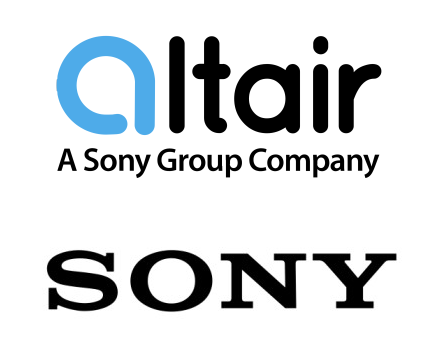
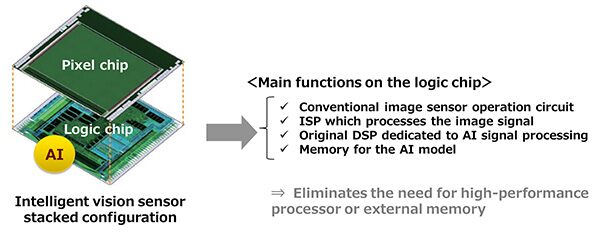

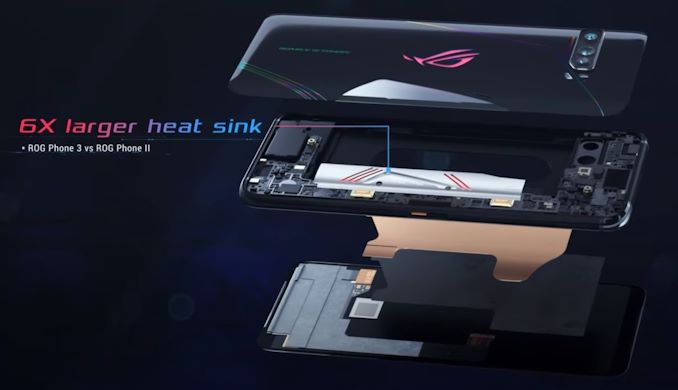



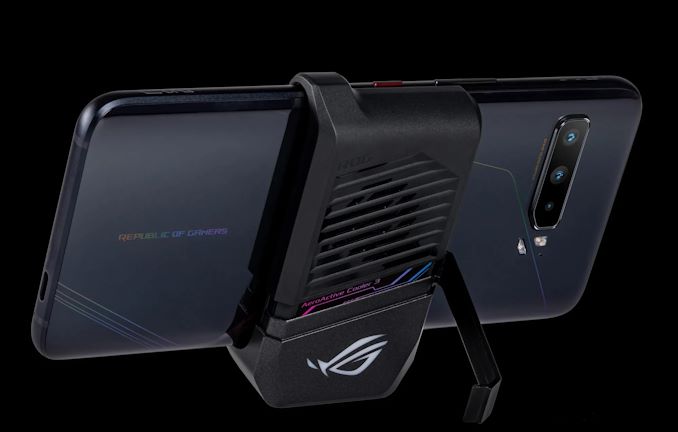
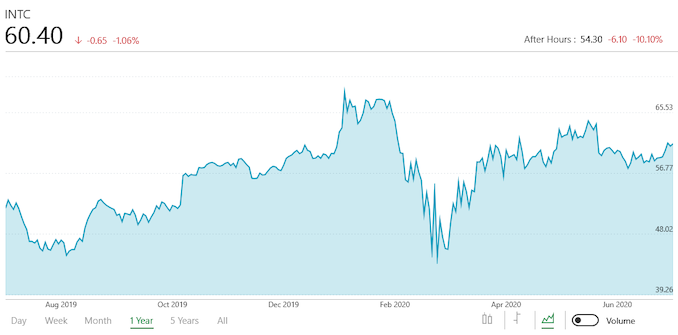
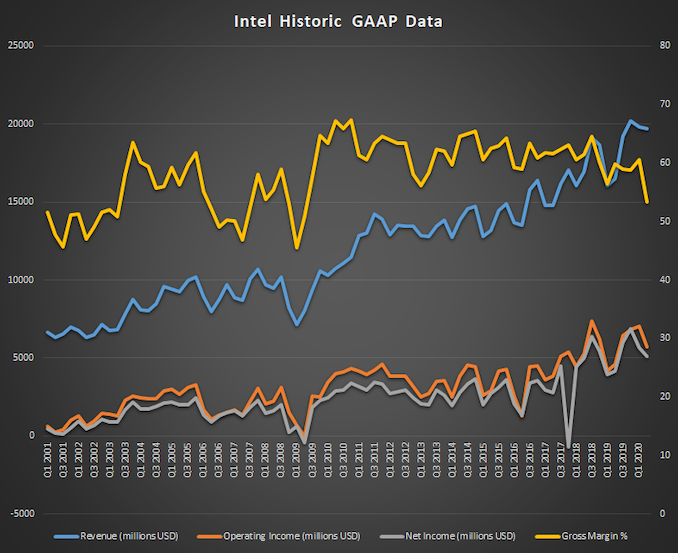
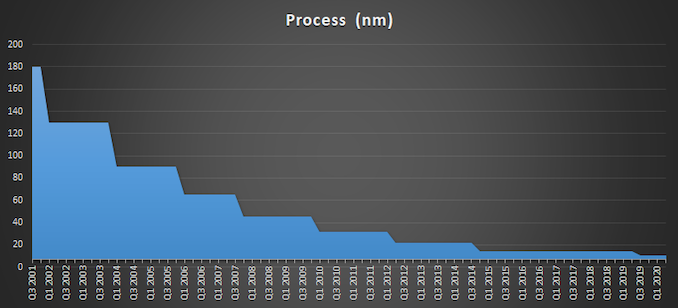
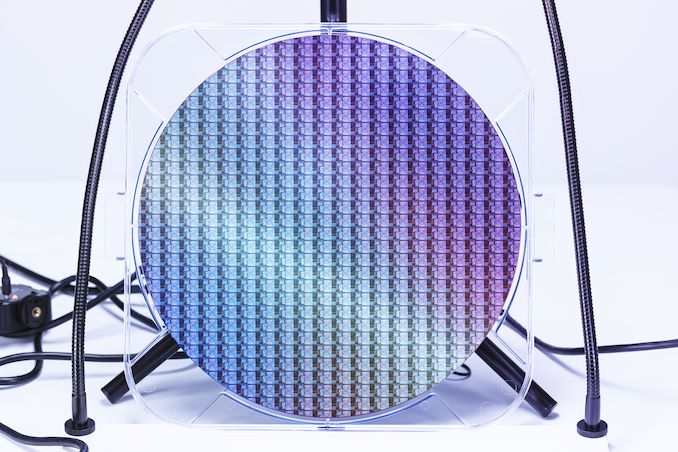
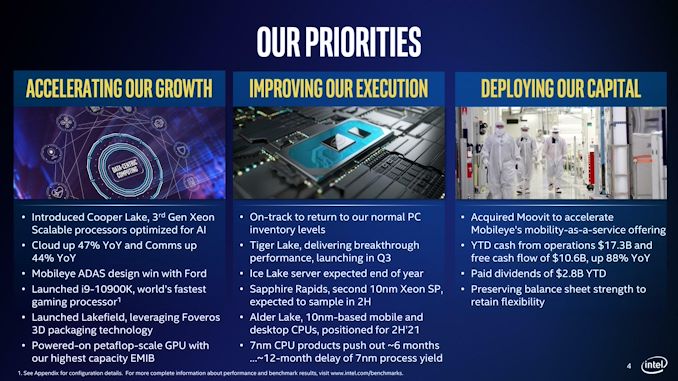
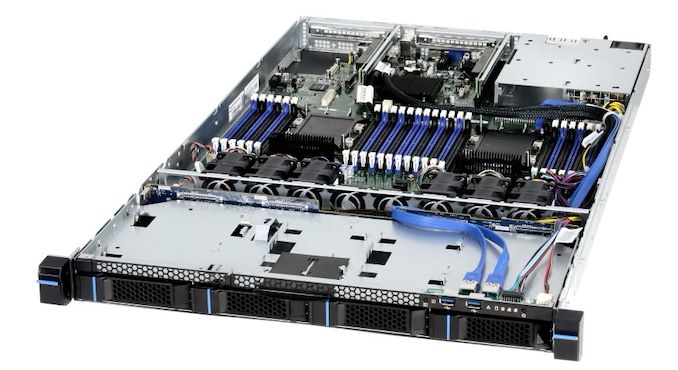
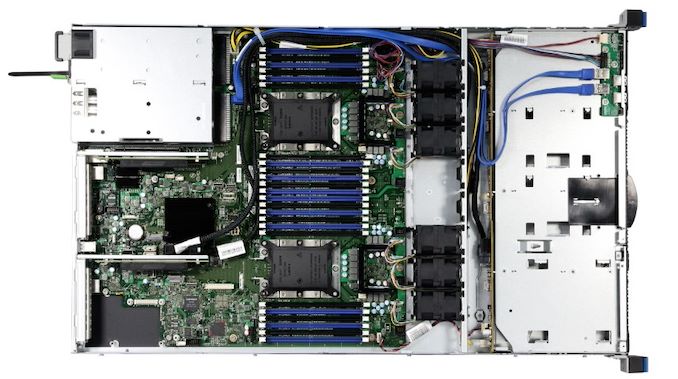


















Bookmarks